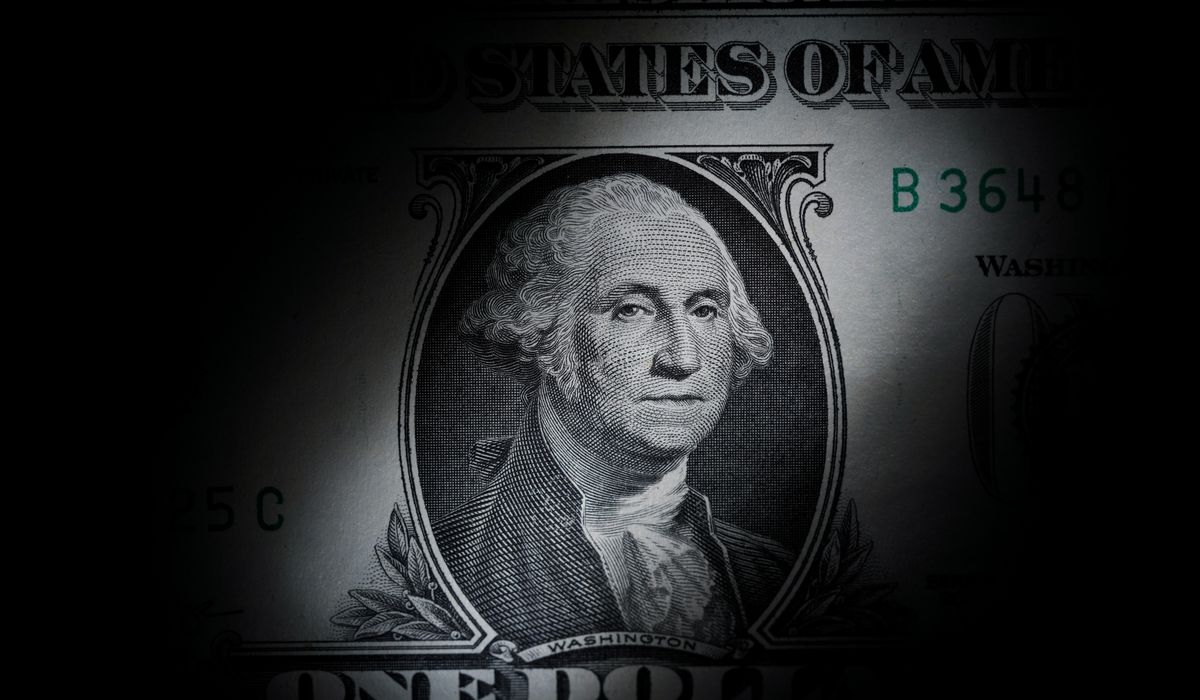


The rapidly rising federal debt will do substantially more damage to the U.S. economy in coming years than climate change, the Congressional Budget Office said, putting stark figures on the size of the danger.
CBO said Friday that if Uncle Sam’s debt grows as it projects, it will reduce the size of the economy by 3.2% in 30 years. Climate change will sap it of 1%, as measured by gross domestic product.
CBO released the data in response to a question from Sen. Charles E. Grassley, the top Republican on the Senate Budget Committee. Mr. Grassley had labeled climate change a “serious issue” but said it was odd that the Democrat-led panel was spending so much time worrying about it.
“CBO’s nonpartisan, fact-based analysis ought to put a reality check on Budget Democrats’ climate-centered agenda. It’s high time the Budget Committee focused on the budget,” Mr. Grassley said after the new data was released.
The total federal debt topped $35 trillion late last month.
Of that, roughly $28 trillion is held by public investors. The rest is internal government debt, such as IOUs from one program to another.
The problem with debt is that it crowds out other investments, and ties up a significant amount of the federal budget, in non-productive interest payments instead of more productive spending such as transportation infrastructure or power projects.
“As federal borrowing increased, the amount of funds available for private investment would decline (a phenomenon known as crowding out), and interest costs would increase,” CBO said in its answers to Mr. Grassley. “Perpetually rising debt would also increase the likelihood of a fiscal crisis and pose other risks to the U.S. economy.”
Climate change, meanwhile, is expected to change agricultural productivity and increase the overall costs of recovering from a projected increase in major hurricanes and damage from more frequent storm surges.
The Washington Times reached out to the office of Sen. Sheldon Whitehouse, Rhode Island Democrat and chairman of the Budget Committee, for this article.
CBO’s calculations are based on a comparison between the current level of debt held by the public, which is equal to 99% of GDP, and the level in 2054, which is three decades from now. That’s the end of CBO’s long-term budget window.
CBO said if lawmakers act on the debt soon, it will be easier to manage, particularly if it involves cutting spending for Medicare, Medicaid and Social Security.
But the agency said it cannot guess when debt grows so high the U.S. would risk a default.
“In CBO’s assessment, the trajectory of deficits and debt under current law is unsustainable. Although there is no identifiable tipping point at which a fiscal crisis would be inevitable, the large and growing amount of debt increases the risk of such a crisis,” the agency said.
• Stephen Dinan can be reached at sdinan@washingtontimes.com.
